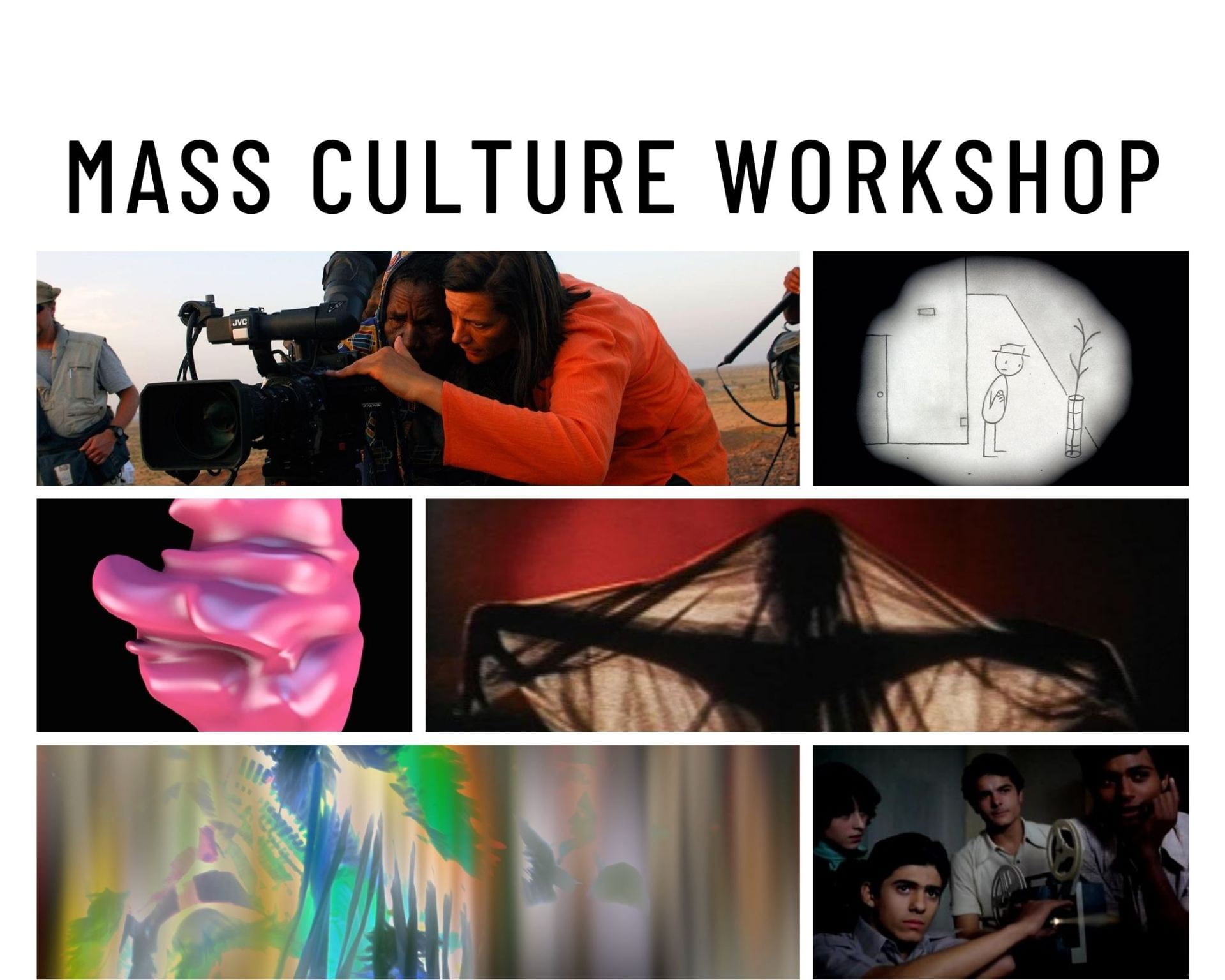Please join us on Friday, March 6th, 2020 from 11 am to 12:30 pm in Cobb 311.
We are delighted to welcome Gustavo Jardim, PhD Fellow, Poetics of Experience, UFMG (Federal University of Minas Gerais.), who will be giving a presentation titled “Image Entanglement: Perspectives on Cinema and Education.”
There is no pre-circulated paper. Gustavo will provide a presentation and a short program of three films:
Ghosts (2016) created with youth from juvenile homes and in Belo Horizonte.
Speak To Me (2017) made with youth in the land occupation movement in Brazil.
Silence (2019) made with public school teachers and cultural activists in small districts of Minas Gerais.
The following is an excerpt from the introduction of Gustavo’s article ‘Cinema and Education: The Art of Taming Horses in Films’:
Time figures: hidden curriculum and a cinema to be learned
“What then is time? If nobody asks me, I know; if I wish to explain it to anyone who asks, I don’t know anymore” (Augustine, 397, Chapter XIV). It is certain that it takes different forms, physical and psychological, that needs to be experienced to be understood and can also be invented. The nature of time is a scientific and artistic debate, but also a political and philosophical one. We are going to argue that this state of uncertainty makes it subject of high interest in education, which we understand to be responsible for the transmission and creation of concerns about knowledge and life. Now, if time is also the raw material to be sculpted in cinema, as Andrei Tarkovsky argues, perhaps then its manipulation can find a place in education more for its principles than for its ends. Combined with philosophy and focused on the ingenuity of undiscovered imagery for our space / time, through collaborative filmmaking, cinema offers itself in the capacity of establishing different possibilities of apprehension and conception of this mysterious matter among artists, teachers and students.
We raise these relationships between cinema, time and education as a background, taking into account that learning occurs through an awareness of the world – among children, youth and adults – as well as by the discovery of the inventive powers of our bodies. Thus, we propose to observe the cinematographic mechanisms (temporal gears from which films are made) and the forms of thought (temporal gears from which ideas are made), placing them in connection through what we will call time figures, that is, images of cinema that allow us to see the philosophical dimension of a certain temporality in a film, through the problems they pose for time/space and their way of organizing the real, aiming to understand them as a powerful ingredient to activate the search for the unknown – what is there to learn – in training environments.
A time figure indicates the way – in terms of temporality – the film makes us think. This operation takes place to the extent of the images’ involvement with the body and the thought of those who see it or who produce it. These figures create rhythms for the imagination, they teach us in the ways of thinking and producing novelties between logic and poetics. Accordingly, it allows us to engage in practices of freedom and raises the question, how to approach time in training processes in order to exercise them? This research seeks to analyze the relationships of the time figures with the conditions they offer to support the processes of creative learning and making films in these contexts.
We ask ourselves what is at stake in these types of activities and how to connect the images dynamics with educational purposes? How can one see, in these time figures, a linking between the invention of cinematographic language to the difficult mission of problematizing and acting from our places in the world? Our fieldwork with cinema and education has privileged its insertion in spaces of resistance, often in situations of social risk, perceiving them as fertile ground for seeking elements of social renewal and for producing essential images to rethink current policies. That is why those questions matter, in order to unveil a hidden curriculum that shows itself in the act of making films with people in these places. In this article, we use philosophy, therefore, to track and pursue meanings in four different time figures in distinctive cinematographic regions. With this approach, we hope not only to find a basis for methodologies to teach, but above all to open up to the emergence of a cinema to be learned.
Gustavo Jardim is a filmmaker and educator. His films and video installations have been shown around the world and awarded in VideoBrasil-SP, Instants Video-Marseille and Tiradentes Cinema, among other festivals. His last film The Night Through premiered this year in Chicago at the Panorama Latinxs 2020. He holds a master’s in Education and works as a researcher with Poetics of Experience (UFMG) and holds a PhD fellowship at University of Chicago (Cinema and Media Studies). Since the beginning of his work as an artist, he is involved in projects using cinema in inclusive pedagogies with communities with high rates of social risk.



